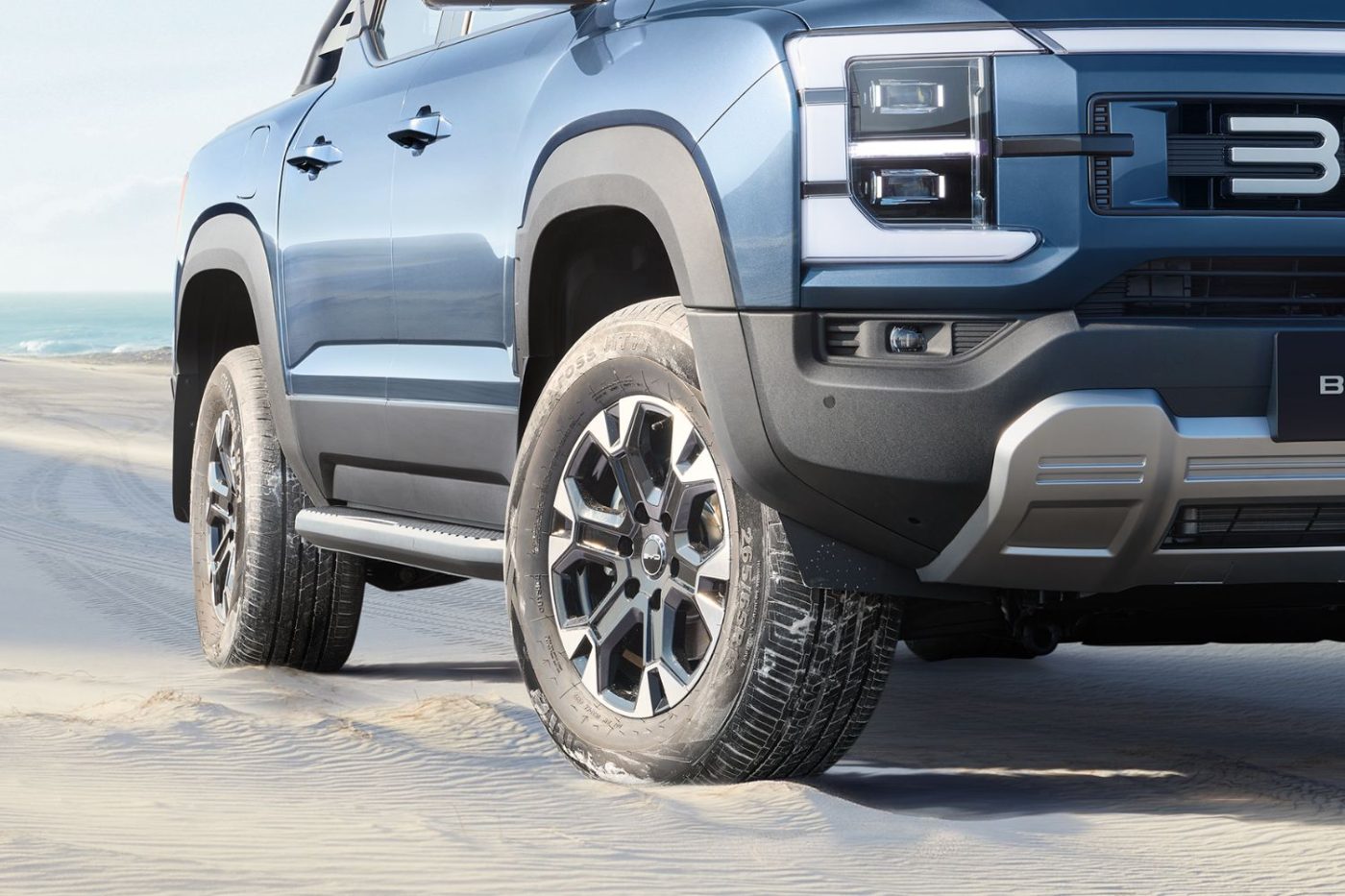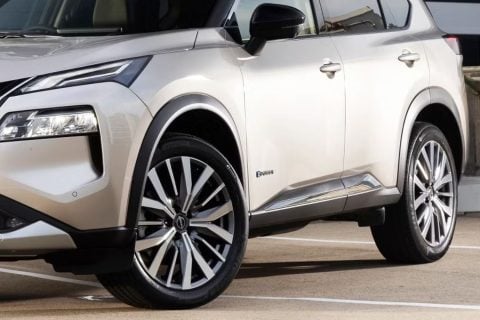- In 1980, Australia had just 150–200 car models; today it’s over 550, a massive leap driven by imports and EV expansion.
- Local manufacturing ended in 2017, paving the way for Chinese and European brands to flood the market.
- Despite the abundance, many Australians feel paralysed by choice, and long-term support for new brands remains a concern.
Australia is a country of just 26 million people, but you wouldn’t know it walking through a car dealership in 2025. With upwards of 500 models on sale, from Chinese budget EVs to $200,000 American SUVs, we have access to nearly half of the world’s total car catalogue.
And the question we should be asking isn’t “which one to buy?” but why we even have this much choice to begin with. This certainly isn’t how it used to be.
When Holden Ruled the Road
Go back to 1980, and the Australian automotive landscape looked very different than today’s eclectic mix of models. The local market was dominated by homegrown heroes like the Holden Kingswood, Ford Falcon, Chrysler Valiant, which made up a small percentage of just the 150–200 distinct models, including imports from Europe, the U.S., and Japan, availble in this country.
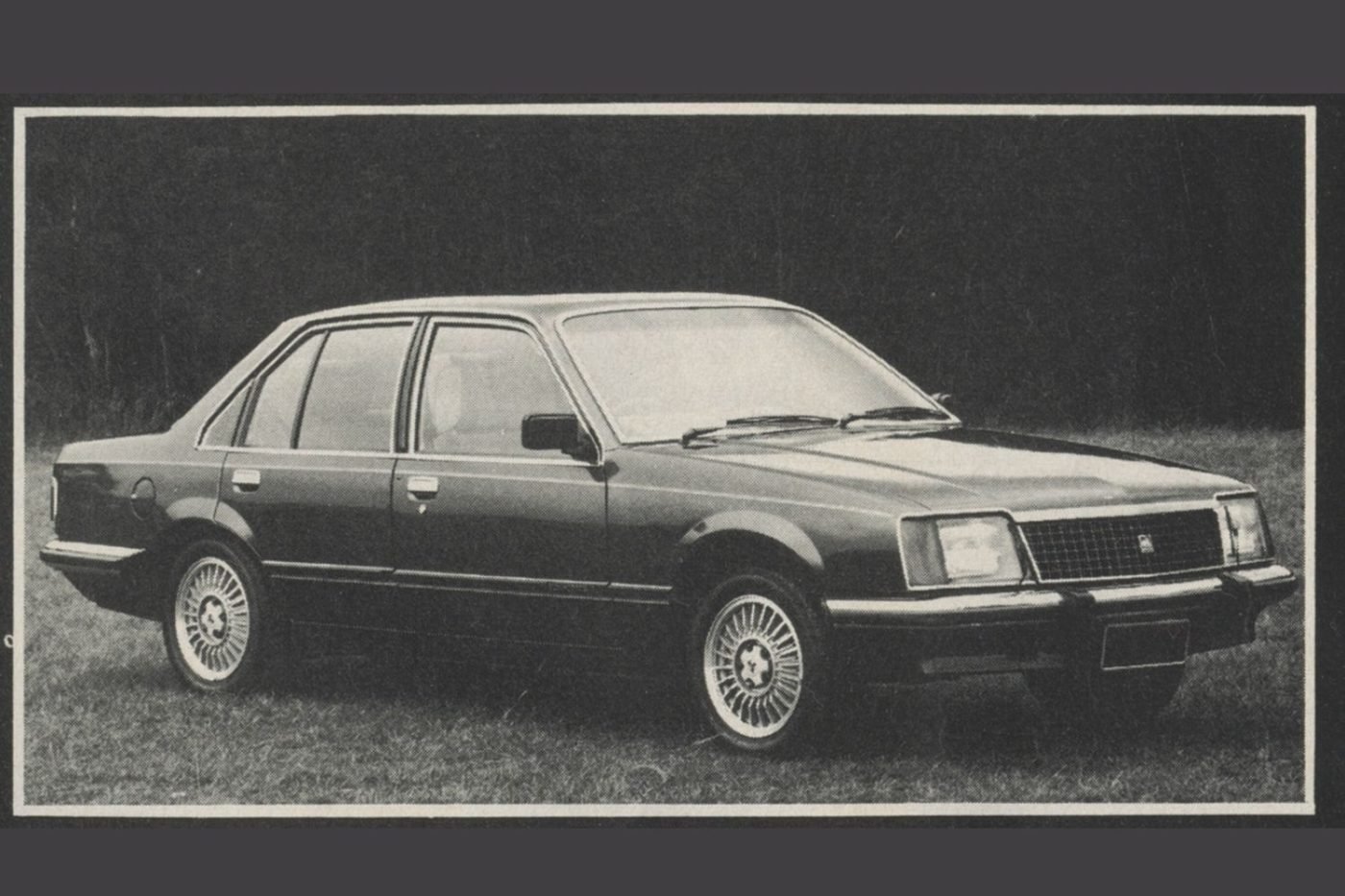
That year, Holden sold over 160,000 vehicles, with the Commodore taking the crown as the nation’s top-seller. It was a time when Australian-made cars made up over 80% of all vehicle sales.
You could count the number of foreign brands on two hands: Toyota, Datsun, Volkswagen, Peugeot, BMW. Models were fewer; categories simpler. You picked a sedan, a wagon, or maybe a ute. Probably a ute. It was a simpler time.
Even globally, the number of car models was modest. The U.S. market, with ten times the population of Australia, had around 300 to 400 options. Most buyers were fiercely brand loyal, and nameplates like the Torana or Falcon GT carried weight beyond spec sheets, defining an era in American muscle that’s still romanticised today.
Australia’s Modern Car Market: Bigger, Broader, and Bizarre
Fast-forward to 2025 and the choice can be rather overwhelming. There are now over 50 brands operating in Australia, and more than 550 different models when you count engine variants and trims. It’s a sizeable increase from just 65 brands globally in 2010.
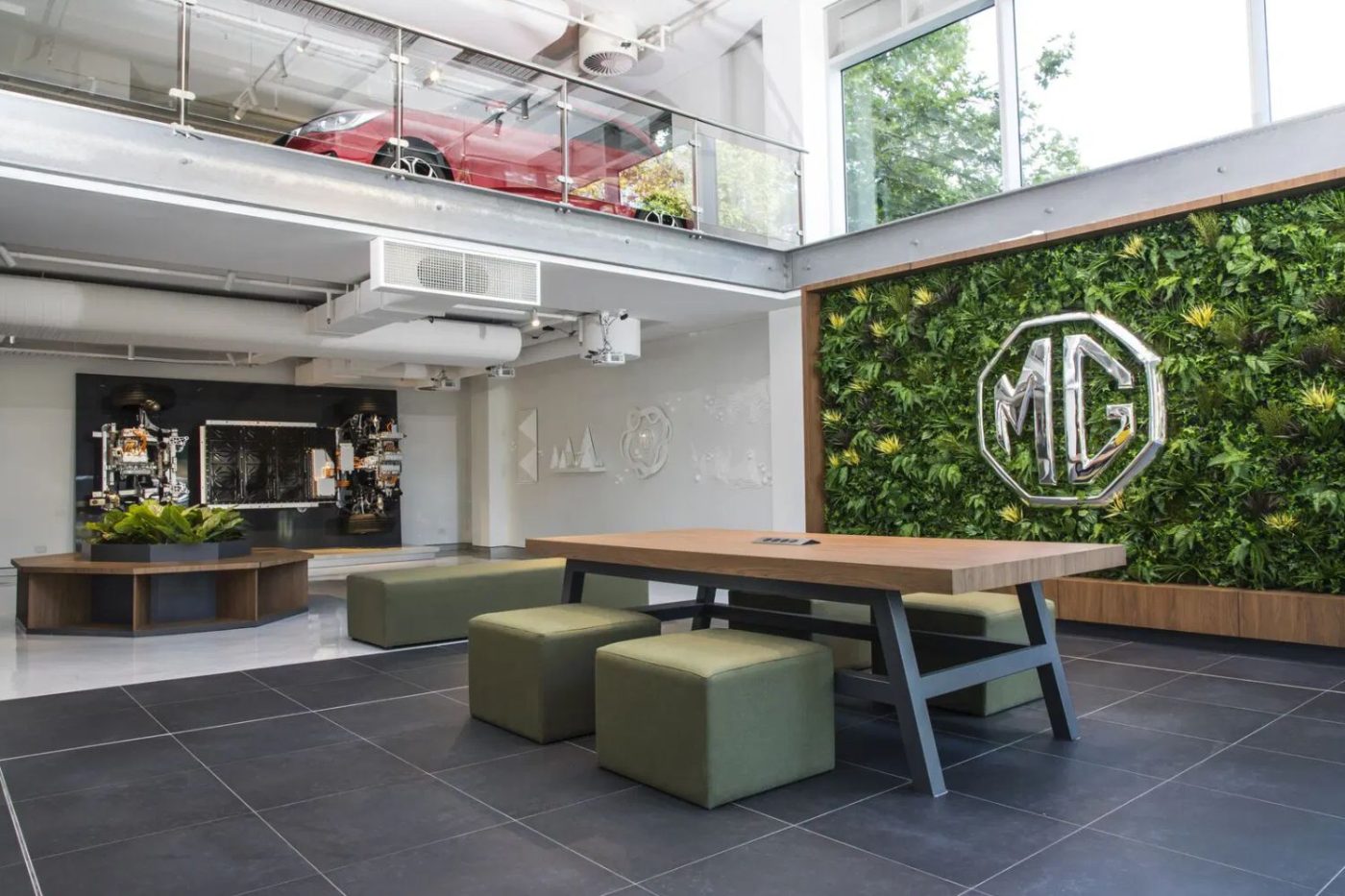
EV adoption is rising sharply across the country, with nearly 100 electric models available today, compared to just five a decade ago. Chinese imports have flooded, and we should say, dominated, the market in Australia, with more affordable alternatives that deliver high performance and reliability.
The average buyer is now choosing between new offerings from Zeekr, BYD, MG, GWM, and even JAC. These are names that didn’t exist on local roads in the early 2000s. Australia has fast-become a proving ground for China’s design-led SUV wave, with models like the $48K Jaecoo SUV proving that legacy brands no longer represent the best option in today’s growing market.
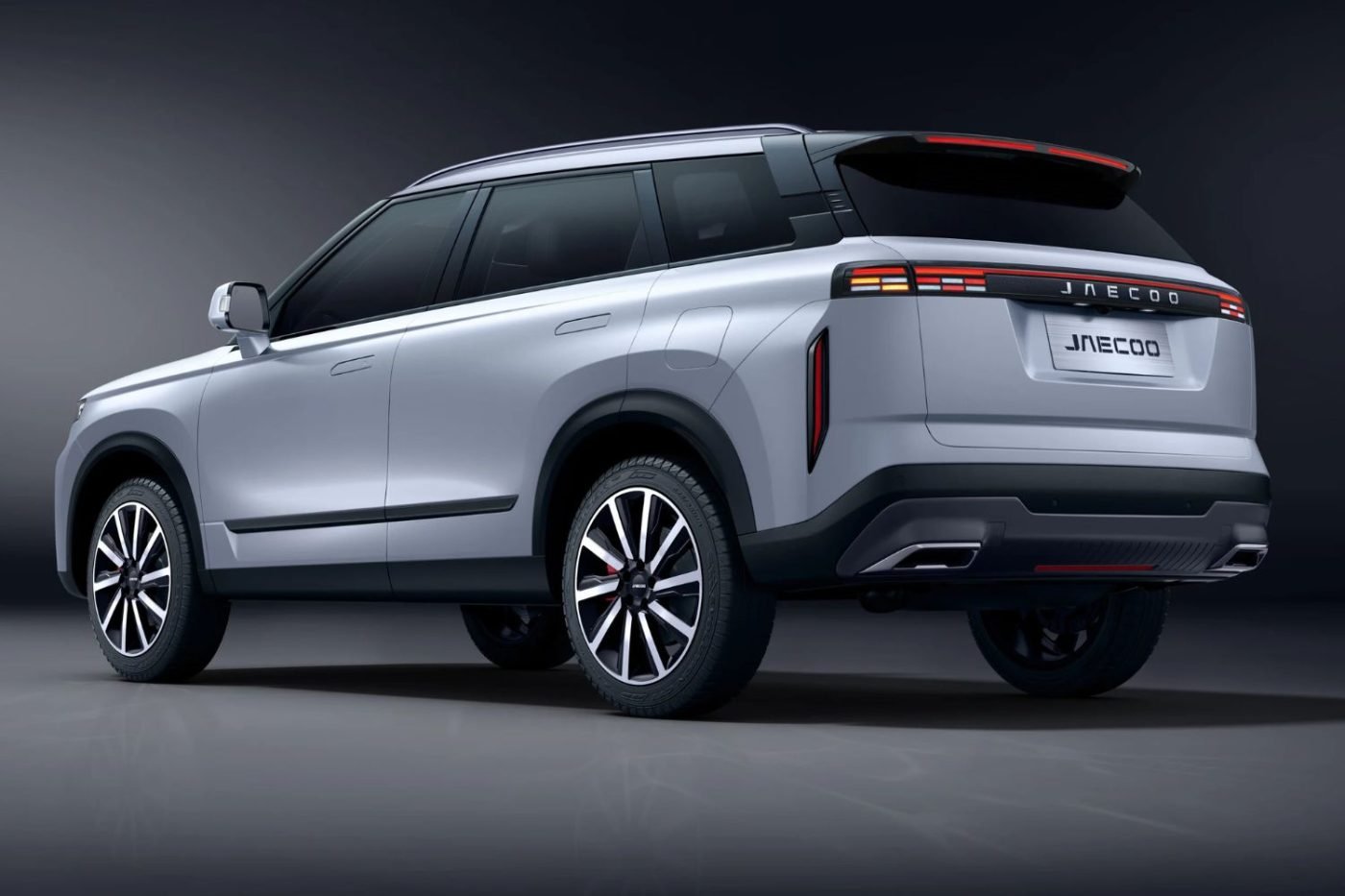
It feels as though luxury has become increasingly over-represented. According to VFACTS data, Mercedes-Benz sold over 36,000 cars in Australia last year, outselling Mazda in some suburbs. Audi, BMW, and even Porsche (with the Cayenne and Macan) have become daily drivers, not just dream cars. In 1980, a Porsche was rarer than a reliable bus service in Perth.
Why So Much Choice?
After Ford (2016), Holden (2017), and Toyota (2017) closed their local manufacturing, the floodgates opened in Australia with the market becoming import-only in just a few short years.
Without protectionist policies or local loyalty to prop up domestic models, foreign brands flooded in. And with right-hand-drive development costs falling, Australia is no longer an afterthought for global platforms.
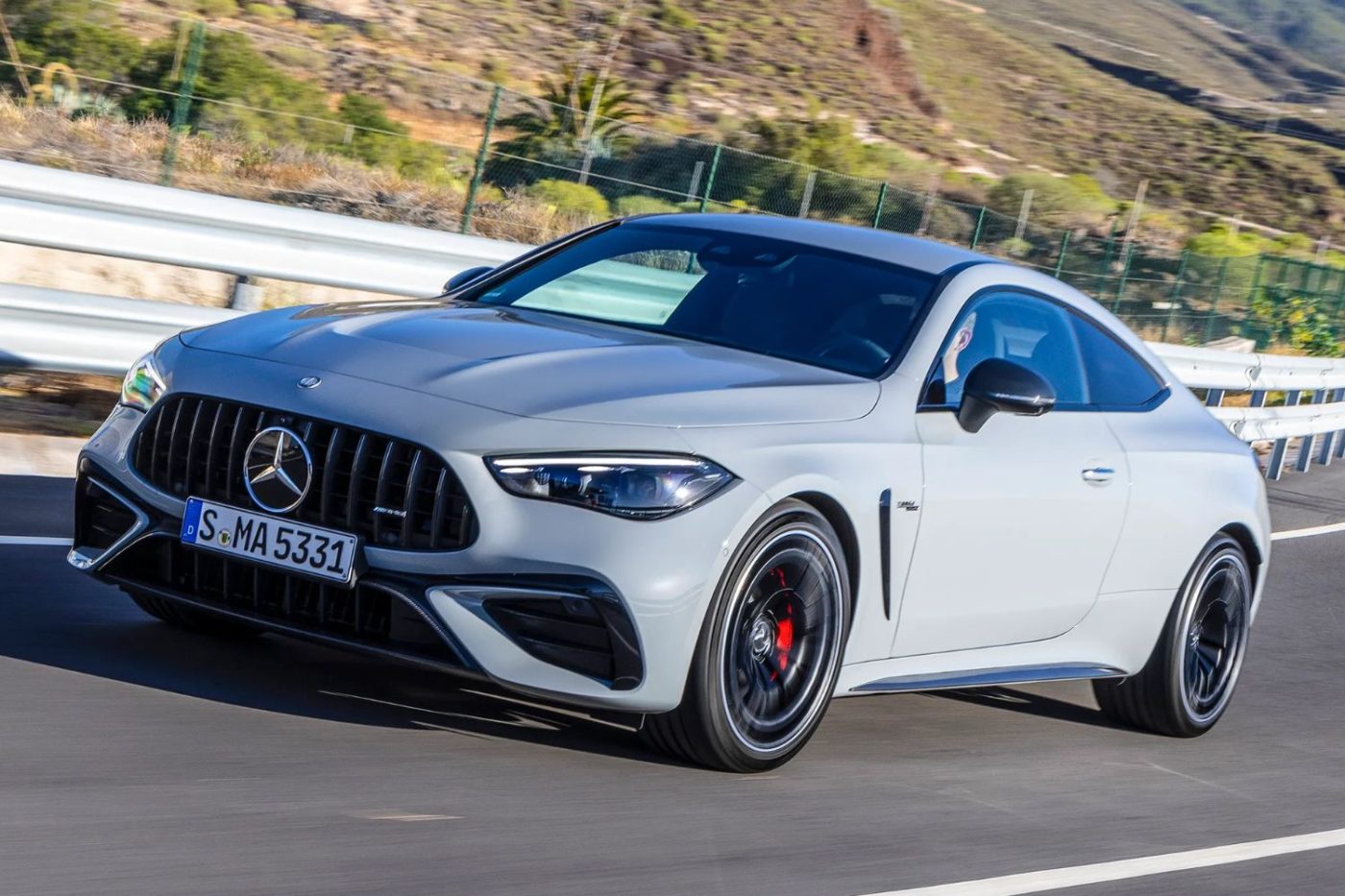
Combine that with this country’s love of big cars, high average vehicle spend (one of the highest globally), and an obsessive tendancy to pick the SUV model (SUVs made up over 55% of all new car sales in 2024), it’s no wonder brands want a piece of the Australian market.
But It’s Not All Good News
Choice paralysis is still real, however, According to research from Roy Morgan, 32% of car buyers delay purchasing due to “overwhelming” options. Dealerships are struggling to stock, service, and explain every obscure EV or seven-variant SUV.
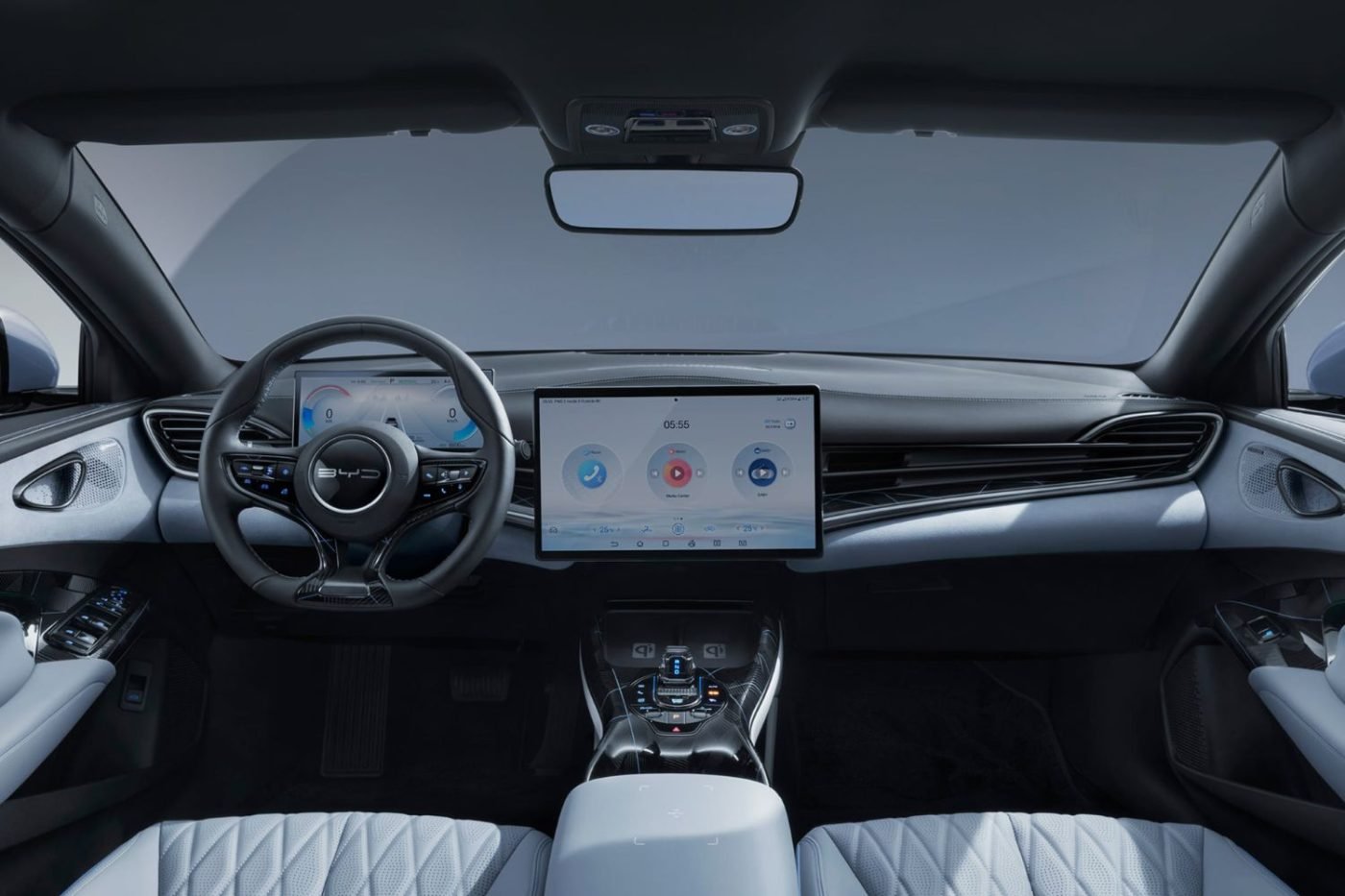
Australia now has more car models than Germany; a country with a population four times larger and a domestic auto industry to protect. Yet the resale values, spare part availability, and long-term support for some of these new entrants remain uncertain.
We’ve written about the future of motoring extensively, getting hands-on with some of the most impressive new cars introduced to Australia’s market. What’s clear is that Australia’s appetite for cars is being treated like a buffet — more choice, more imports, more brand churn. But it’s certainly no accident.
